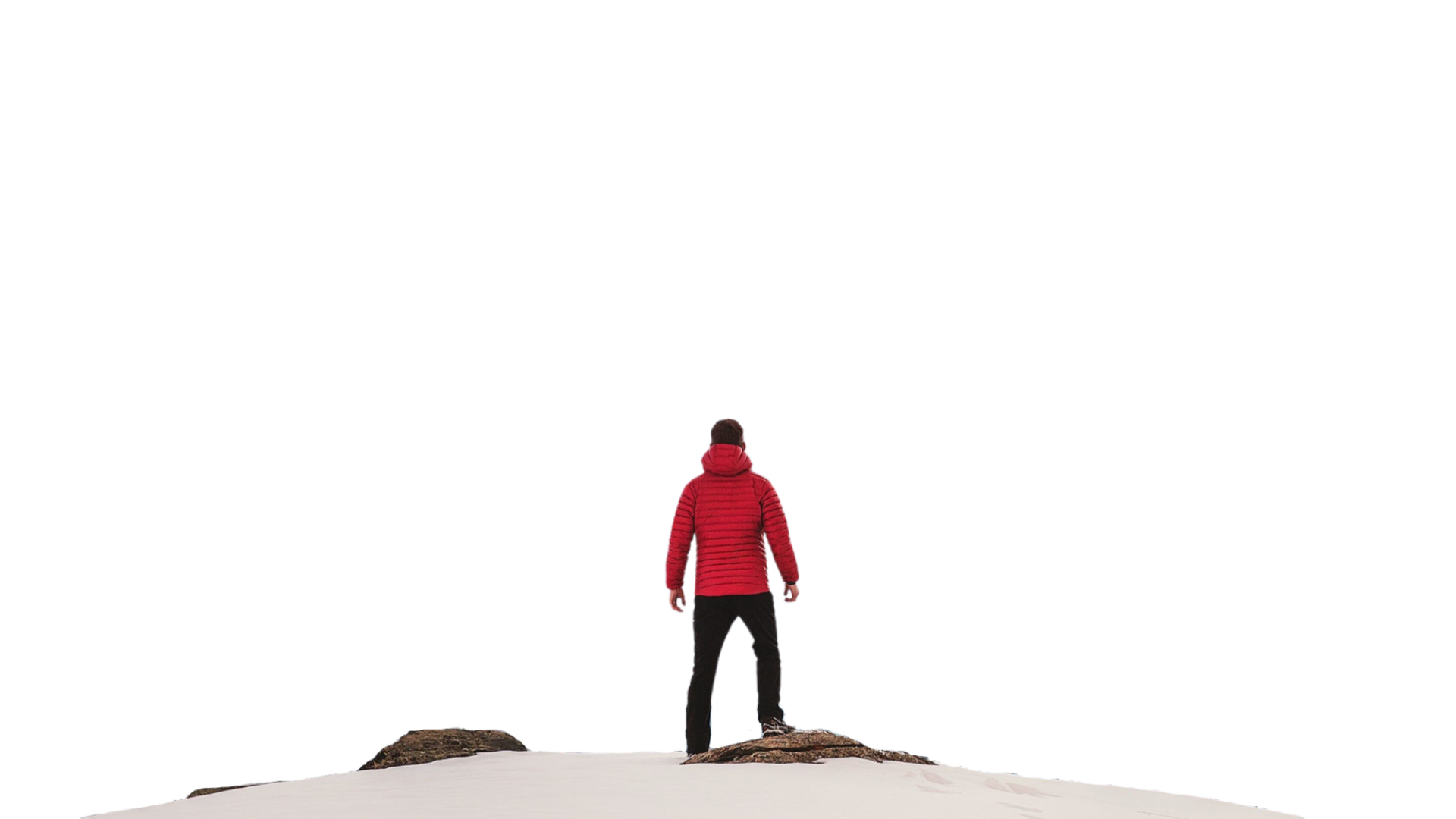

ADVENTURE
Adventure Time!
It is something that people do out of passion. It could be anything dangerous, risky, Something that is not regular. This is something that could be dangerous or likewise. Some may think adventure could mean adventurous sports, but it is not. It could be an adventurous task as well, such as trying out an odd food combination. Or trying to learn a new skill, etc. Doing any such thing will help you to boost your confidence as well.
Adventure would mean participating in danger physically or emotionally. Challenging activities, may it be climbing a sheer rock face or white water rafting in very dangerous rapids can also be termed as adventurous activities.Advantages of Adventure Sports – It keeps us extremely fit. It aids in the burning of more calories and the circulation of blood. It stretches the limits of our body. Thus, it helps us become stronger. It's a fantastic way to have a good time.
BIKING
Biking is an activity that involves a bicycle. You can ride the bike on a road, bike path, a mountain trail, or rough terrain. Some use the term “biking” to refer specifically to a mountain biking context, and it is often associated with riding a heavy duty bicycle on rougher terrain.
Mountain biking usually takes place on mountain trails, dirt roads, or parks. It first originated as a sport in California, United States. The first bikers who engaged in the sport used a type of bike called cruiser bicycles. This single-speed bicycle comes with balloon tyres and an upright seating posture. It has fewer gears, which make it the perfect bike when you want to simply enjoy riding without thinking about what gears to control. Nowadays, people who engage in mountain biking and off-the-road biking use mountain bikes.
PARA GLIDING
paragliding, sport of flying parachutes with design modifications that enhance their gliding capabilities. Unlike hang gliders, their close relations, paragliders have no rigid framework; the parachute canopy acts as a wing and is constructed of fabric cells with openings at the front that allow them to be inflated by movement through the air—the “ram-air” effect.
The pilot is suspended in a seated harness and controls the wing via lines attached to the trailing edge of the paraglider. These lines may be operated individually to turn the paraglider or simultaneously to influence pitch and speed. Takeoff and landing are on foot and usually occur on a hill or mountain. To launch, the pilot first inflates the wing by pulling it up like a kite and then runs down the hillside until flying speed has been reached. Usually a speed of about 12 miles per hour (19 km per hour) is enough to launch the craft. Paragliders may also be launched from flatland by towing, either with a winch or behind a vehicle.
SURFING
Surfing is usually associated with warm ocean beaches like those found in the U.S. states of Hawaii and California, and countries such as Australia. Surfers, however, do not limit themselves to warm weather or ocean waves. Surfers dust a foot of snow off their surfboards to chase waves off the coast of Antarctica. They trek through jungles to pristine beaches in Southeast Asia. They share the water with great white sharks in South Africa. They even ride the “silver dragon,” the giant tidal bore of China's Qiantang River.
The concept is simple, but the practice is not. Surfers paddle or are towed in to the surf line, the area of open water where waves break as they near a coast. There, surfers sit on their boards and watch waves roll in to shore. Experienced surfers assess several different qualities in every wave. A wave must be strong enough to ride, but not dangerous enough to toss the surfer as it breaks. Surfers must be able to ride and safely exit the wave—not too close to shore or rocks. For river waves or those at artificial surfing facilities, surfers watch waves develop and jump right into the breaking wave.